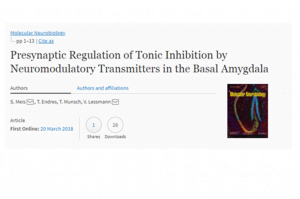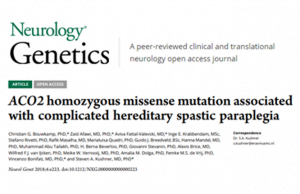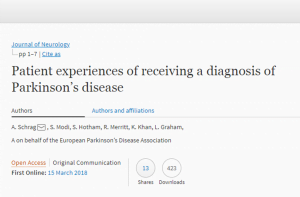Low muscle strength during the later teen years has been identified as a risk factor for much later onset of the neurological disease known as ALS, or amyotrophic lateral sclerosis.
A study published in the Journal of Neurology also links low blood counts at a young age to ALS.
The researchers studied Swedish military enlistment data for more than 1.8 million (1,819,817) men in the 1968-2005 period as well as data from the Swedish health care register and mortality register. The majority were 18 years old at the time of enlistment. The follow-up time was up to 46 years.
The group included 526 individuals who developed ALS, a disease that usually occurs after age 50 and involves a successive degradation of the nerves that control muscles. There is no cure, and in most cases patients die after two to five years.
The current study confirms the impression that ALS can be associated with a relatively low body mass index (BMI), even at a young age. The differences, however, were not dramatic. Those who developed ALS had an average BMI of 21.1, compared with 21.9 for the group as a whole.
What stood out instead was the finding that ALS could be associated with low blood counts at military enlistment – in other words, a low proportion of oxygen-carrying red blood cells in the blood. A link was also found between ALS and measured muscle strength in the hands, arms and legs at the time of enlistment.
Paper: “Risk factors in Swedish young men for amyotrophic lateral sclerosis in adulthood”
Reprinted from materials provided by the University of Gothenburg.



